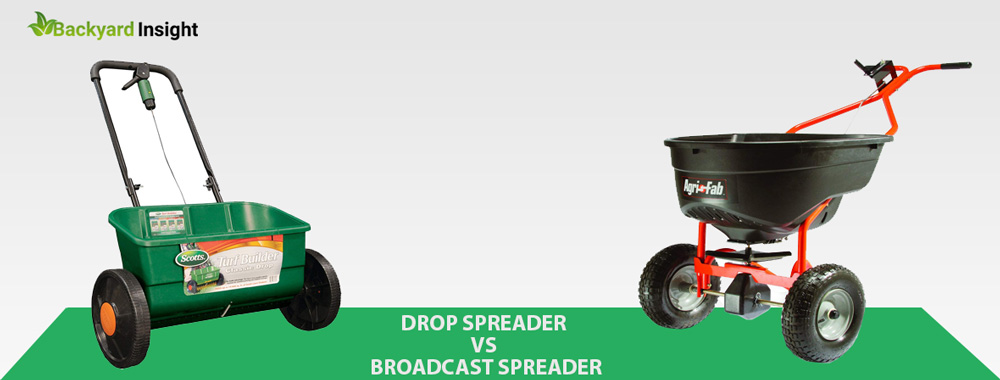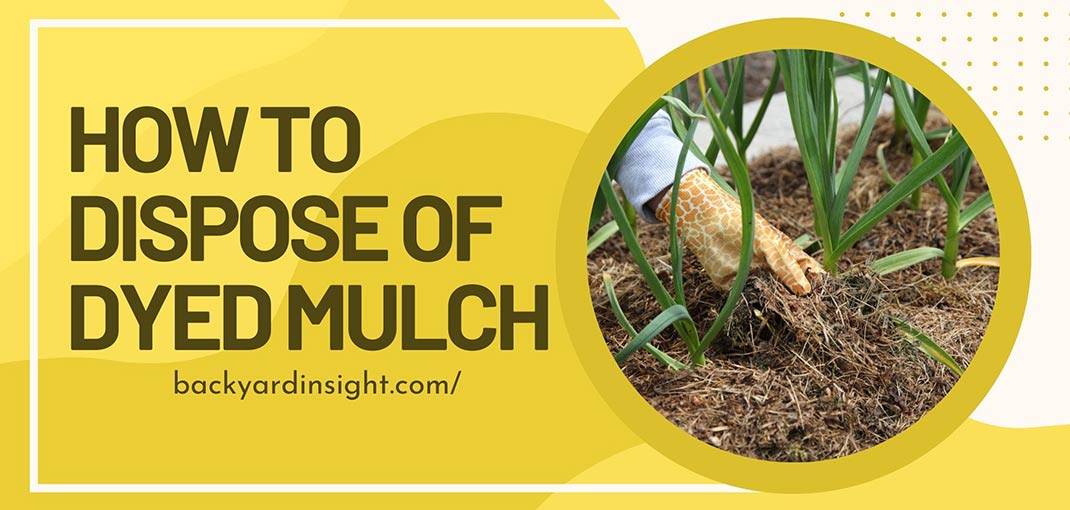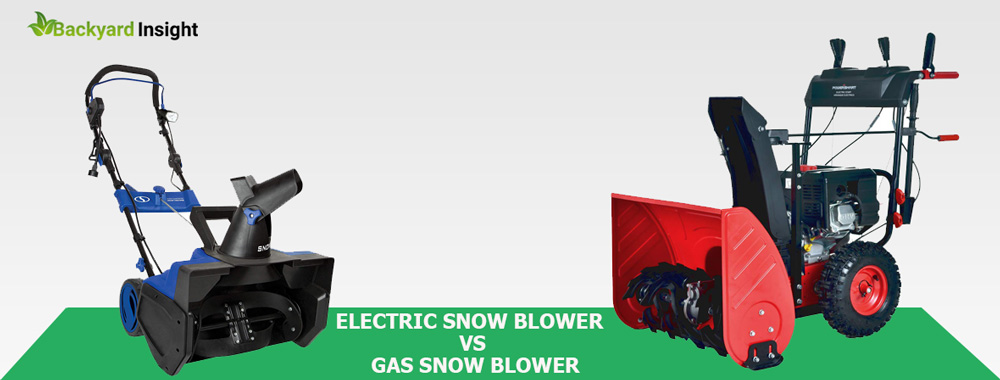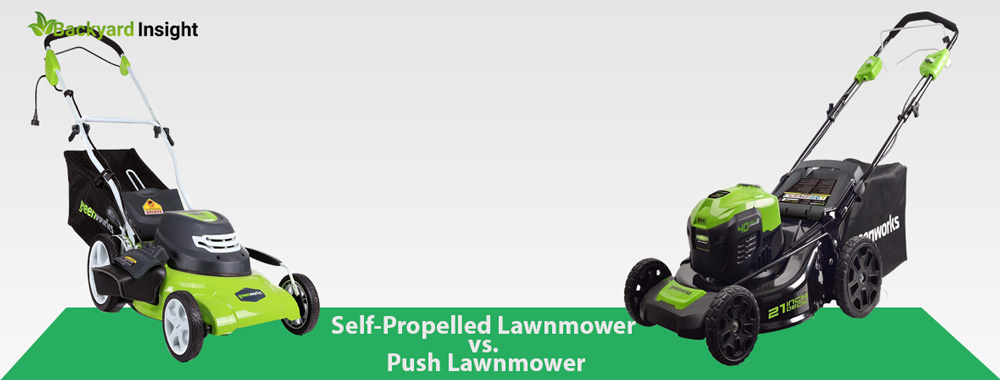Why should you avoid using dyed mulch?
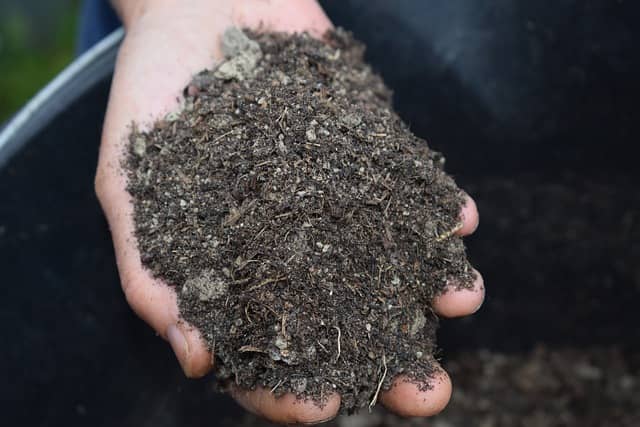
Dyed mulches can have several adverse effects on your garden as explained below:
A. Can lead to soil contamination
Since dyed mulch contains toxic substances including heavy metals, it can lead to soil contamination. When the toxic contaminants leach into the garden soil, they react with the soil and interfere with the natural plant growth over time.
B. Destroying the soil ecosystem
Dyed mulches harm the soil ecosystem. Garden soil contains insects, bacteria, worms, and fungi which play a significant role in improving soil structure, water absorption, aeration, and adding nutrients. The contaminants in dyed mulches can easily destroy soil life thus affecting the essential activities that impact plant growth.
C. Can result in water contamination
Using dyed mulch can contaminate water thus making it unsafe for use. These toxic contaminants can also easily be washed into water bodies during runoff thus affecting the entire aquatic environment.
D. Dyed mulch doesn't break down easily
Mulches break down over time to give extra nutrients to the soil. With dyed mulches, this isn't the case.
What to do with dyed mulch
If you don't know how to dispose of dyed mulch, you should consider checking municipal guidelines to make sure you do the right thing. Composting or adding dyed mulch in waste bins isn't recommended.
It's advisable to bag up the mulches and take them to waste management facilities for proper disposal. Most dyed mulches contain toxic substances that vary depending on the dye used and the source.
Most cheaper brands tend to have very toxic chemicals. Some dyed mulches are sourced from recycled wood which may contain chromate copper arsenate.
This substance is very harmful to people, animals, and plants. Again, if you don't know how to dispose of dyed mulch, you can consider applying new mulches on top of old mulches provided that the new mulches come from natural sources.
This will make it easier for the old mulches to break down over time
How to dispose of dyed mulch
Disposing of dyed mulch is very simple. Before you start, you need equipment such as gardening gloves, a tarp, a shovel, leaf blower, rake, and an edger tool. Below is a step-by-step guide on how to get rid of old mulch:
- Get rid of the mulch using your hands. You shouldn't do it with bare hands since the mulch may contain germs, fungus, pathogens, and bacteria.
Wearing gloves is necessary. You should remove a portion of the mulch some days within a week. This shouldn't be consistent to avoid bright sunlight from causing damage to your plants. - The next step is to remove mulches that are stuck in various locations in your garden. Before you remove them, you should loosen them using an edging tool. In this step, you don't want to leave some traces of dyed mulch in the garden.
Therefore, you must ensure that every part of your garden perimeter has been reached. - After loosening the mulches and removing them from every part of your garden, you should then break down all mulch clumps and clusters using a rake.
During the process, you must be extra careful to avoid damaging plants around. Gardening experts recommend leaving some inches away from the plant's stem. - You should then scoop out mulch moulds using a shovel. You should also have a container or tarp in place where you'll put the mulch mould.
- This step involves brushing mulches that remain on plants' bases. In most cases, it's difficult to use a rake to get rid of the entire mulches on plant bases due to the risk of destroying the garden plants.
Therefore, you need to wear gloves and manually remove any mulches left closer to the plants and put them into a container. - Even after removing the remaining mulches around plant bases, you might still see some small traces of mulches around the plants.
Here, a leaf blower is essential to eliminate such traces. This equipment shouldn't be used for too long since it can blow the soil around the plant away, and make it too hot or dry. - The final step is to dispose of the dyed mulch. You can dispose of the mulches in yard waste bins.
In conclusion, these are steps on how to dispose of old mulch. Experts don't recommend burning old mulches since they can cause huge fires and other disasters. Before disposing of these mulches, it's essential to separate them from natural mulches.

